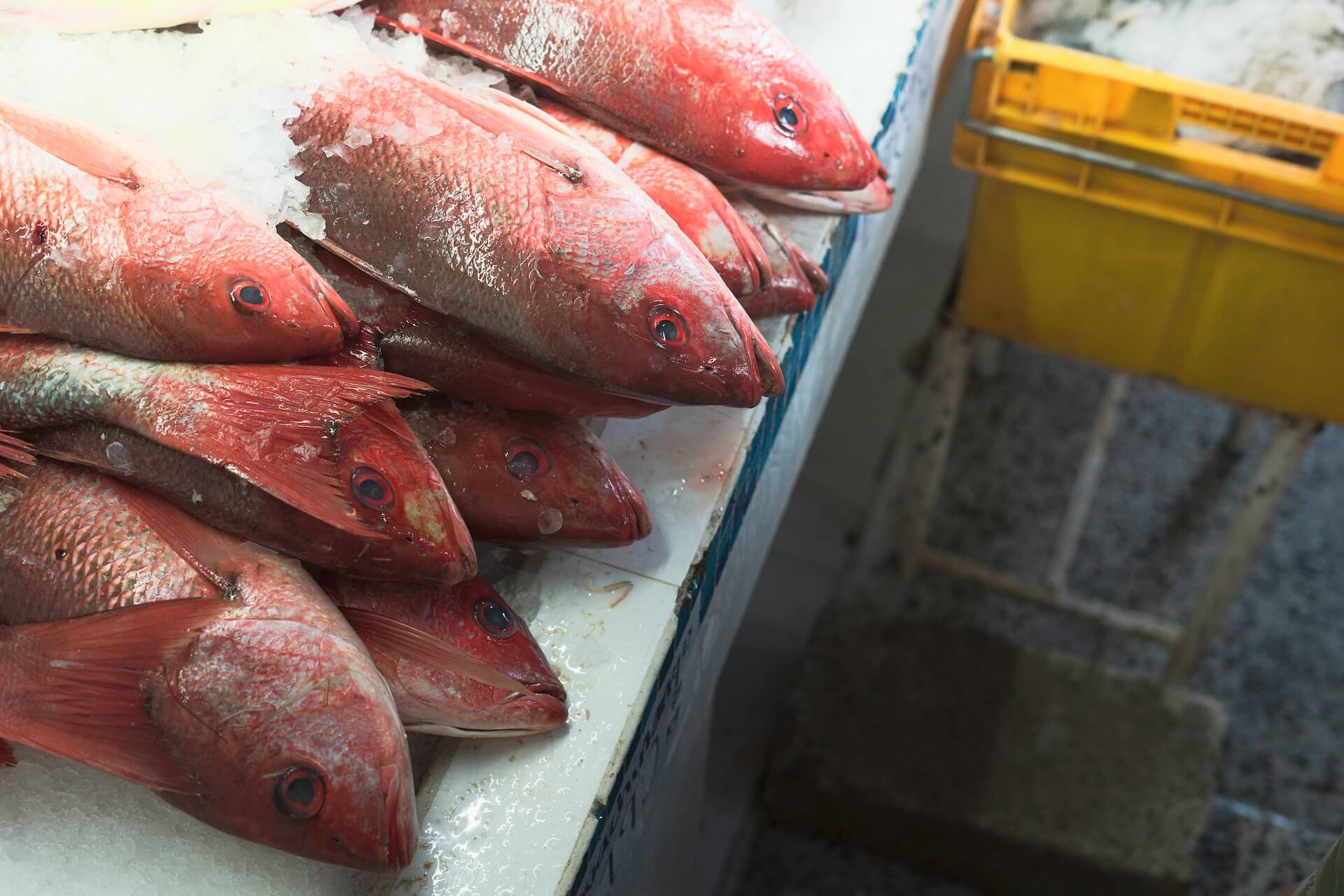Food powders and therapeutic agents produced through spray drying are advantageous in many ways. They’re highly stable, easier to store and transport, and offer convenience for consumers [*].
If you’re looking to meet your customers’ needs through various dried products, you might wonder if spray drying technology is worth it. How does spray drying work and what’s the difference between this process and freeze-drying?
We’ll answer these questions below.
What is Spray Drying?
Spray drying is a type of drying technology where you produce powders with uniform characteristics from fluid (e.g., an aqueous solution or suspension). It’s a continuous process that consumes a lot of energy, like freeze-drying, and is excellent for producing food, pharmaceutical, and agricultural products [*].
According to a 2021 research article, the spray drying process is considered the gold standard for creating milk powders [*]. Removing water from milk is effective for preserving and stabilizing it, on top of preventing the growth of microorganisms [*].
It may seem like a new form of technology, but the truth is that spray drying started in 1872 and was introduced by Samuel Percy. Back then, the dairy industry spray-dried milk for the military.
Besides milk powders, common examples of spray-dried products nowadays include but are not limited to fruit and vegetable powders, green tea powder, coffee powder, salbutamol (dry powder inhaler), mannitol (sugar alcohol), cheese powder, whey protein powder, and pet food.
How Spray Drying Works
Spray drying involves three fundamental steps. Essentially, it starts with a liquid feed being pumped into an atomizer and ends with the collection of the dried powder.
There are different factors to be considered to ensure the success of spray drying [*]:
- Inlet temperature
- Feed flow rate
- Speed of the atomizer
- Heat sensitivity of the feed or liquid
- Residence time inside the drying chamber
On that note, plenty of research has been done to determine the right conditions for top-notch final products.
Spray Drying Process
As you’ve learned, spray drying is an important technique to create various products in fine powder form, from fruits and vegetable juices to proteins. Below are the steps involved:
Atomization
This is the first step in which bulk liquid feed is converted by the rotary atomizer into droplets. It increases the surface area of the liquid, which allows for evaporation to take place in the drying chamber [*].
Droplet drying
After the atomizer makes droplets, these droplets enter the dryer chamber where they’re exposed to hot air, which dries the droplets. There are different ways by which air comes in contact with the droplets — e.g., co-current flow, counter-current flow, and mixed-current flow.
Recovery
As the final step of spray drying, the dried product is recovered through a cyclone device or drum. When it comes to product recovery of sugar-rich products, such as honey, research shows that this can be challenging since sugar particles adhere to the dryer walls [*].
In this regard, manufacturers employ techniques to increase product yield, such as applying a carrier like maltodextrin [*].
Spray Drying vs. Freeze Drying
Should you spray-dry or freeze-dry products? To decide, it’s important to know their strengths.
For instance, freeze-drying is ideal for producing the highest-quality products since it preserves their original properties. This makes freeze-drying the “gold standard” of drying and dehydration, especially for pharmaceuticals and biological products (e.g., blood components).
On the other hand, spray drying technology is popular for its cost-effectiveness, although it’s not best if your goal is to maintain the original properties of the product. This is because spray drying relies on heat, whereas freeze-drying involves low temperatures.
Frequently Asked Questions
Below are frequently asked questions on spray drying:
What is spray drying used for?
Spray drying technology is commonly applied in food, pharmaceutical, dairy, and agricultural industries to turn liquid products into fine powders.
What temperature is spray drying?
Inlet temperatures range from 400 °F (204 °C) to 1000°F (538 °C). Whether manufacturers use higher or lower temperatures will depend on the sensitivity of the product [*].
What are the disadvantages of spray drying?
Some of the common challenges with spray drying include the complexity of the equipment and limited knowledge in the pharmaceutical industry.
Summary
Choosing between spray drying and freeze-drying shouldn’t be difficult. Although spray drying tends to be cheaper, freeze-drying ensures superior quality.
So it’s no wonder companies are taking advantage of freeze-drying to produce nutrient-dense whole foods and other products!
To help you decide, contact Empire Freezing & Drying at 973-649-9800 or info@empiredrying.com. We specialize in freeze-drying, powder processing, research and development, and more.



